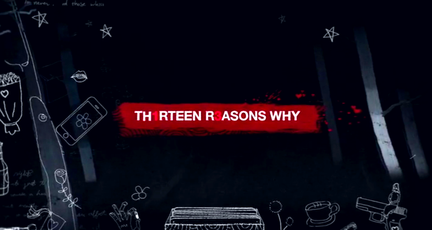
While the show has been criticized, many feel it accurately and excellently portrayed present day issues that teens face today including bullying, body-shaming, social media use, abusive relationships, as well as consent and sexual violence, and even the increased risks associated with having access to weapons such as guns in the home.
Despite this, many at the school including the dean felt the show portrayed little hope, and depicted suicide as the only way out, without highlighting the many mental health resources available and the care/support family and friends frequently provide. This sparked an idea for a project called "13 Reasons Why Not" ...
The project involved 13 recordings from students at the school being played over morning announcements. Each day, on the recording one teen would share a problem they had been struggling with, whether that would be bullying at school or issues in their home life. However, rather than placing blame, at the end of the recording, the student would thank someone, such as another classmate who has helped them and thus provided a sense of hope and encouragement to carry on.
Since the project has been in place, students who have volunteered recordings have found an outpouring of love and support from their classmates, and have found that their school has become a community where individuals feel safe and comfortable sharing their mental health struggles. A bright idea not only to raise awareness and encourage ongoing discussions on these issues, but to show what 13 Reasons does not ... that help, hope, and support do exist.
"“I watched the series. I thought it accurately depicted the problems that teenagers in high school are facing now. But it was incredibly troubling to me that suicide was portrayed as being, almost, inevitable, like she had no other option,” said Fine.
“The idea was to come up with 13 reasons why not, because that was not portrayed in the show. … Even though it can get very dark, there is always hope. Our message is that there are no 13 reasons why. Suicide is not an option."
To find out more, visit:
"Oxford High School students begin project called '13 Reasons Why Not'" by Monica Drake (Oakland Press News)
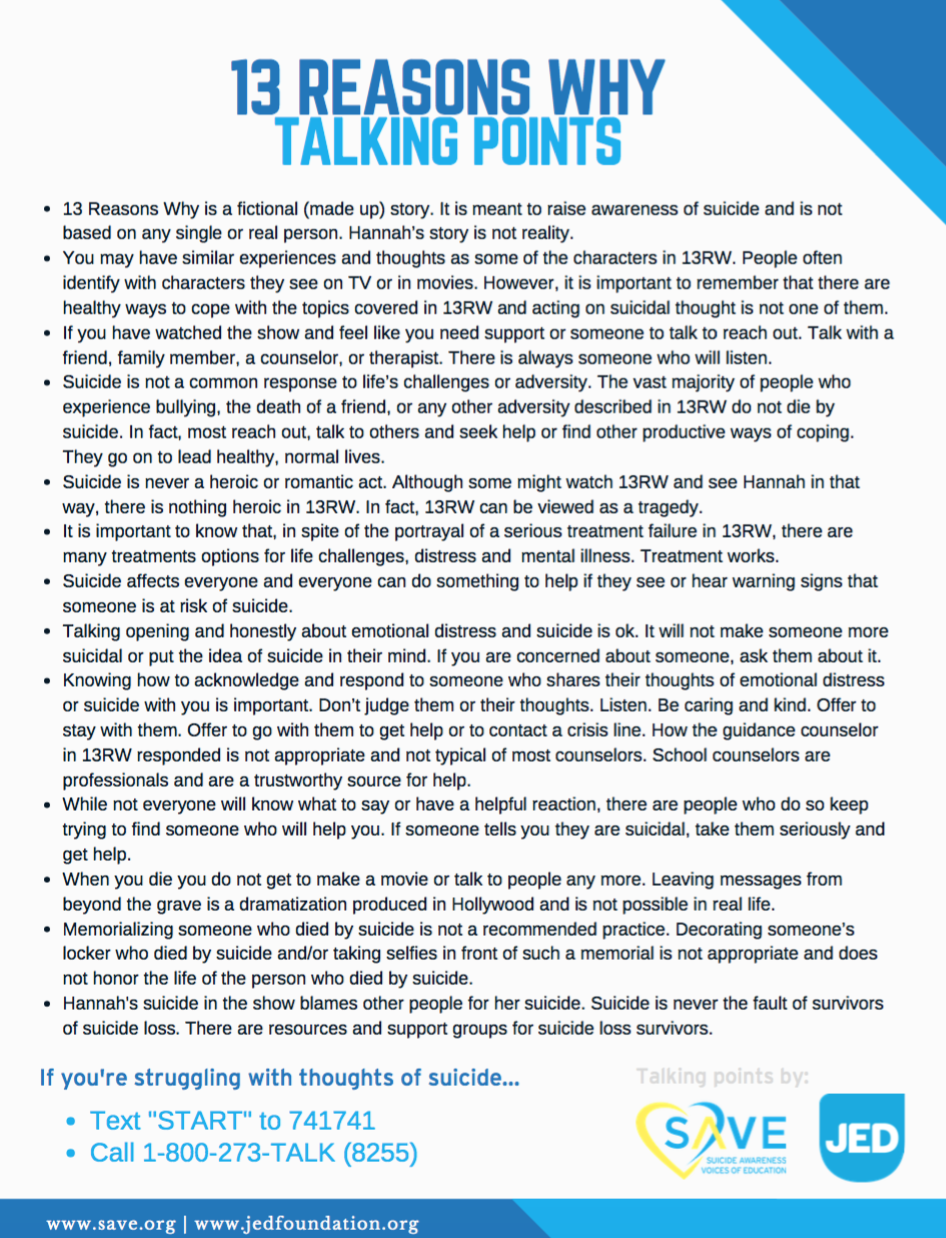


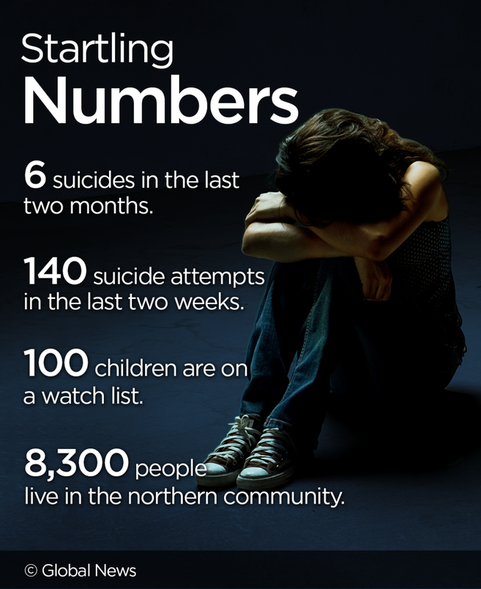
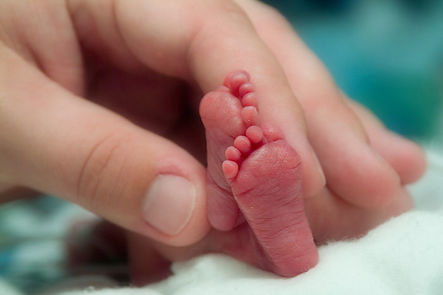
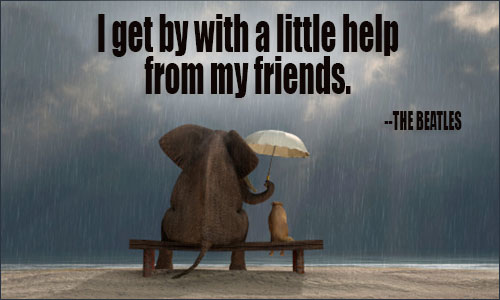

 RSS Feed
RSS Feed
